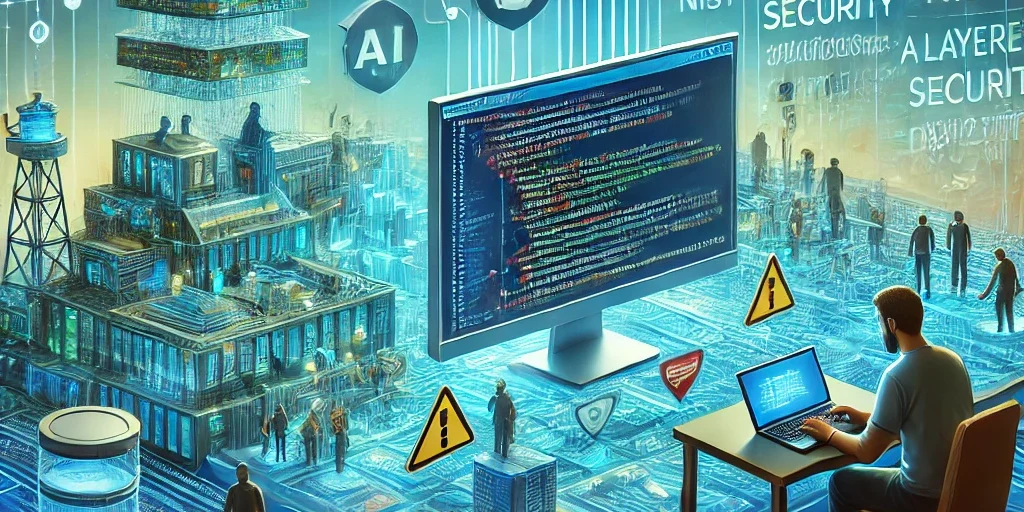In the technology world, the terms SDN (Software Defined Networking) and SDsec (Software Defined Security) have become key players in transforming how we manage networks and implement digital security. If you’ve ever wondered how large organizations handle dynamic and secure networks in cloud environments, this article is for you!

What is SDN?
The concept of SDN emerges as a response to the complexity of traditional networking. Instead of relying on manual configurations for each device—such as switches, routers, and firewalls—SDN centralizes network control through an intelligent controller. This controller communicates with devices via APIs (Application Programming Interfaces), enabling the network to be configured, managed, and adapted dynamically.
How It Works in Practice
Imagine a large data center, like the one operated by the fictional CloudMart. In a traditional environment, configuration would require manual work on each device—from cabling to setting security policies. With SDN, everything is automated. The administrator creates a single policy, and the controller distributes that configuration to all connected devices—be it a router, switch, or even a virtual firewall. This approach not only simplifies management but also ensures that the network adapts quickly to changing demands.
Unraveling SDsec
While SDN is all about efficiency and agility in network management, SDsec focuses on keeping that network secure in an equally dynamic manner. In a world where cyber threats evolve daily—from distributed denial of service (DDoS) attacks to unauthorized access attempts—it’s crucial that security measures keep pace.
Dynamic Security in the Cloud
SDsec enables security policies to be implemented and adjusted automatically. For example, if suspicious activity is detected, the network can intelligently segment itself to isolate the issue, thereby reducing the attack surface without time-consuming manual interventions. This dynamic approach not only improves incident response but also minimizes human errors and ensures continuous protection.
Advantages of the Software-Defined Approach
Flexibility and Scalability
One of the biggest advantages of adopting SDN and SDsec is flexibility. In a cloud environment, where infrastructure can change at any moment, the ability to adjust resources and policies dynamically is essential. Adding new devices or modifying existing configurations becomes a simple, quick process managed by a centralized controller.
Centralization and Automation
Centralizing network and security control eliminates the need to manage each individual component manually. This significantly reduces operational time and costs, as well as the risk of configuration inconsistencies or errors. Automating security policies ensures that every layer of the network is protected uniformly and efficiently.
Real-Time Threat Adaptation
Today’s cyber threat landscape demands immediate responses. With SDsec, you can define parameters that automatically adjust the network’s defenses based on user behavior, device health, and security alerts. This real-time responsiveness is crucial for quickly containing attacks and preserving data integrity.
Challenges and Considerations
Despite the numerous advantages, implementing SDN and SDsec can be challenging—especially for organizations accustomed to traditional infrastructure. Transitioning to a software-defined approach requires investment in new technologies, specialized training, and a cultural shift in network management. However, the benefits of flexibility, scalability, and enhanced security far outweigh these initial hurdles.
Conclusion
The digital age demands networks that are as dynamic as the threats they face. SDN and SDsec offer robust solutions for cloud environments, allowing companies like CloudMart to manage their infrastructures in a centralized, automated, and, most importantly, secure manner. By embracing these technologies, organizations can not only reduce operational costs but also proactively tackle the challenges of today’s cyber landscape.
Stay tuned for more updates and insights in the world of technology—the software-defined revolution is just getting started!




